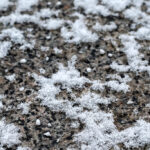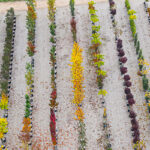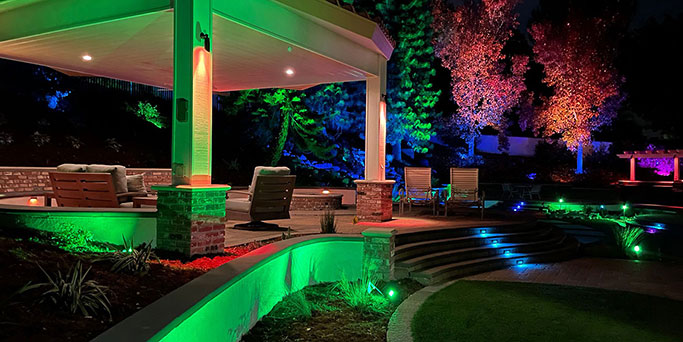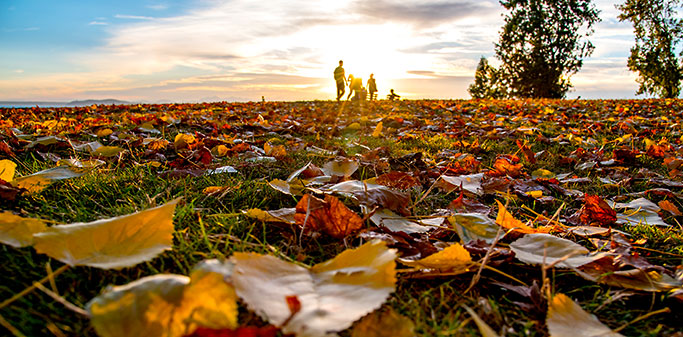For the last several years, I have written the end-of-the-year article for our newsletter. And every year I have the usual struggle of writing about something different, trying not to say the same things that I said last year.
But this year it feels a bit different. This year I write this as I close out my first full year as President of our company. For the past thirty-nine years, my father, Tim Joy, has been at the helm of Christensen’s Plant Center. Taking over ownership with Frank Huber in 1984… Surviving the economy of the 1980’s… Which to hear my father and others of his generation of ownership, was really something. (Don’t complain about your 7% mortgage. Rates peaked around 15% in the 80’s. And did not go below 10% for the decade.) Moving our business from Livonia to its current location in Salem Township in 1989... Then the boom of the 90’s, when housing soared in metro Detroit. And the new facility they built and expected not to outgrow in their careers was outgrown in five years. So, they expanded it again, and again. The market then completed its cycle with the housing crash in 2006-2008. Our business constricted, as did the entire landscape market... And I watched my father drink Maalox every night, straight from the bottle that lived on the top shelf of our refrigerator. To the post-crash boom… As landscape projects soared, and inventories bottomed out. Thirty-nine years to come full circle.



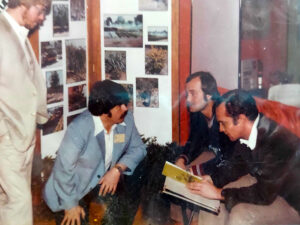





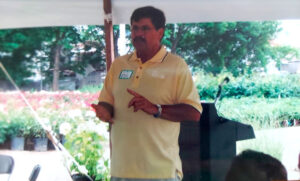


I am forever grateful for the lessons of the last 4 decades. Now. 39 years later, I have the lead. I am grateful that my dad is still around for me to access that wealth of knowledge. I am grateful for the relationships that I have made over my first years and for the counsel from a great many of them. But it definitely feels a bit different.
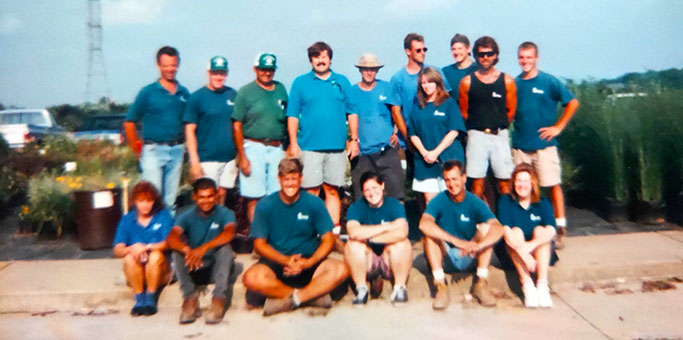
To the staff of Christensen’s Plant Center, my most profound thanks. This team is the reason that Christensen’s is what it is today.
To our wonderful customers. Thank you for your continued business. I look forward to seeing each of you next year. We have some cool things coming in the future. We all hope you'll be with us for the next 39 years!
May you all have a safe and blessed holiday season.














